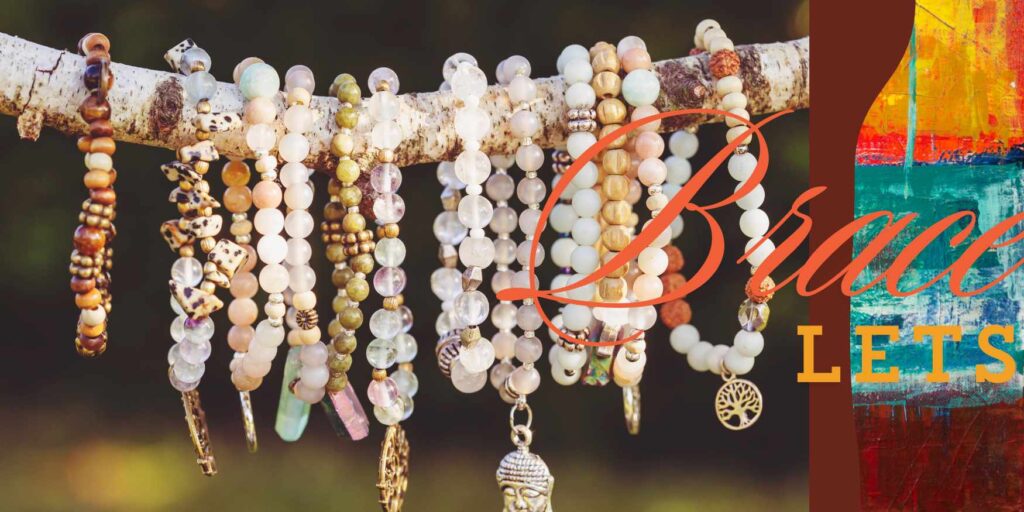The present styles are never separated from those of the past, something to remember while glancing back at the designs of the 1950s, as displayed on the front page of famous magazines of yesteryears. Over time, the magazine followed the development of style from classic fitted shirts and wavy beach looks, focusing on simple formal patterns and rich evening wear. Perhaps the pictures allow everyone to have a walkthrough of changes that the fashion industry saw decade over decade.
Magazines related to fashion are a staple thing in most of the fashion enthusiasts’ closets; then again, it is not necessary that they wear them. Anybody even marginally inspired by style wouldn’t botch the potential chance to investigate and flip pages of these magazines while sitting in the lounge area. People with a profound interest in style, these magazines are just about as close as they can get to a scriptural reference.
Let us discuss some big names in the market who ruled in the industry for years.

VOGUE
The goliath of design magazines, Vogue, was laid out in 1892 by Arthur Turnure. From the beginning, Turnure expected Vogue to be a week-by-week distribution for socialites and elites to stay aware of high society occasions and happenings. The issues went from points like music, writing, and expressions to basic entitlements and social gatherings. The design was just momentarily referenced in each issue, generally to offer guidance with respect to what was suitable to wear to which party. To lay it out plainly, in those days, Vogue was nothing similar to what you see today.
La Mode, French Fashion Magazine
The antique print on every series has been one of a kind style with the magazine La Mode. This print, as a matter of fact, was unique for every edition of that magazine. You will understand when you see the genuine cover, not a duplicate or proliferation! These covers make awesome pictures on the surfaces that were clearly intended to be attractive to make individuals purchase the magazine, so they were solid realistic pictures! Furthermore, they truly showed the contemporary styles of that period, so they truly have a one-of-a-kind vibe about them. It appears that each popular woman in those days wore gloves and used to carry a parasol or umbrella, which is extraordinary as those adornments add the genuine person to the image.
HARPER’S BAZAAR
This is America’s one of the most seasoned magazines that were published in 1867 for the first time, Established by Harper and Brothers, who after some time also brought forth two more magazine Publishings. At its commencement, Harper’s Bazaar was a week-by-week paper distribution that took special care of center and upper working class ladies zeroing in on design guidance and ladies advantage, going from table manners to cultivating ethics. It has embraced the picture article design that style magazines use today since the start of its distribution.
The substance introduced in Harper’s Bazaar had been intended to take care of the necessities of ladies, to show up sharp and modern style lanes. Throughout the years, the magazine marginally moved its interest group again to reflect proficient ladies who “spend their own cash” (as opposed to other design magazines that, for the most part, designated extravagance hankering crowd). This has impacted the style of Harper’s Bazaar, with the articles, for the most part covering design guidance for ladies belonging to the working class, hence making Harper’s Bazaar the go-to distribution for the complex, sharp and free ladies. Today, it is claimed by Hearst Corporation. It also has twenty-eight worldwide versions spread all through the world.
Der Herr
It can be considered to be the one of the first magazines of its sort, the first edition being delivered in 1913 at the Rudolf Maurer Verlag Berlin! This started off as a fashion magazine focusing on a confined target audience that was mainly men. Only for examination purposes, It was yet to make its name that was not achieved until 1933; Apparel Arts appeared in 1931, Herrenjournal and Arbiter in 1927, Monsieur in 1920. Just the Tailor and Cutter had its beginning sooner than 1869, but not at all like der Herr, which was aimed at purchasers; the Tailor and Cutter was an exchange distribution for customized tailors that fiddled with shopper inquiries of style and design.
Glamour
As the name suggests, the focal point of this magazine has generally been on. Indeed, the impressive side of ladies’ lives! Following the years after its beginning in 1939, the magazine’s emphasis was generally on the stylish side of acting and Hollywood; thus the first title was dedicated to Excitement of Hollywood. As the magazine began to assemble consideration and procured more openness, more extensive themes were remembered for the pages: magnificence, empowerment of women, wellbeing, sex, tattle, and that’s only the tip of the iceberg. Because of the magazine’s digressing from its focus on Hollywood, the Hollywood piece of the title was subsequently dropped to uncover the Glamor we know today.
Peek in the past
These magazines give the true picture of how society used to live and accept new styles and fashion advice by experts and how with these magazines it made its way to every household. Fashion expert at https://usedhouseofvintage.com talks about the influence of vintage patterns in modern style. The advancements in the fashion sector can be seen bit by bit through every addition of these magazines. The designs and patterns are so widely accepted in society that you can literally consider them as a printed history of fashion through these magazines.

Choosing the Perfect Fashion Bracelets for Women

Top 5 Traditional Russian women fashion tips that still work!

Spring Fashion trends 2024 : what's in!

What To Wear To Fashion Week ?

Choosing the Perfect Fashion Bracelets for Women

Top 5 Traditional Russian women fashion tips that still work!


